Crime fiction is a tick in the skin of reality, sucking the blood of inspiration from actual crime and punishment. Sometimes, that real-life inspiration is overt; at others, buried so deeply in the fictional narrative that only the author (and perhaps a few people well-versed in the original crime or its perpetrators) can see it.
Over the past century, some of the most notable works of crime fiction—films and novels—have taken some of their best elements from reality, even if contemporary audiences don’t realize it. Here are five films and two novels that notably did so.
__________________________________
Films
__________________________________
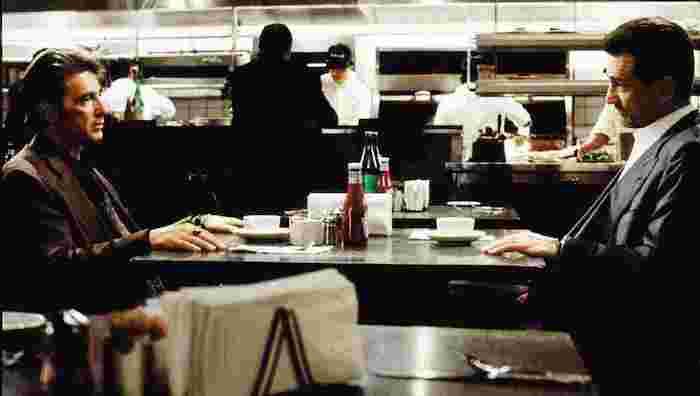
Heat
Michael Mann’s Heat elevates the standard-issue cops-and-robbers narrative to high opera. You have Al Pacino as Vincent Hanna, an LAPD detective who lives to hunt criminals; his criminal counterpart, Neil McCauley (Robert De Niro), is equally dedicated to taking down big scores. In the 24 years since its release, the film has become a well-regarded classic; but most viewers might not know the real-life inspiration for the central characters.
Simply put, there was an actual thief named Neil McCauley who managed to pull off some high-profile robberies in the 1960s before a bunch of cops, led by one named Charlie Adamson, killed him in a shootout. Adamson was partners with Dennis Farina (who would later transition from cop to notable actor) and eventually became one of Mann’s technical advisors.
In a 2017 interview with LA Weekly, Mann described how the film’s central dynamic echoes the one shared by real-life robber and detective:
“What we borrowed from the actual Neil McCauley was his professionalism, and the high regard that Charlie had for him. Charlie would speak of him in glowing terms. ‘This guy was terrific. What a professional! We were sitting in Wieboldt’s department store in Chicago, and we had cut into the crew. We knew what they were gonna take down. We were inside the store when they were doing a burglary, going after the safe, which had a lot of cash in it. And one thing was out of place, and this guy walked away from months of preparation and investment!’ Charlie admired that.”
The film’s iconic scene—Pacino and De Niro sitting across from one another in a diner, sipping coffee as they compare their lives and philosophies—was also pulled almost directly from reality, according to Mann:
“When [Charlie] had contact with Neil McCauley, he looked forward to having a dialogue. And he’d be very flattering because he wanted Neil to be forthcoming. They’d have personal conversations: Do you have a woman? What’s your life like? What’s your life view?”
Those conversations offered Adamson some crucial insight into McCauley’s thinking, just as the diner talk gives Pacino’s Hanna just enough personal info on the fictional McCauley’s life to finally bring him down.

Psycho
Yes, it’s technically classified as a horror movie, but Psycho contains so many noir tropes—the woman on the run with stolen money, the doomed detective, the peeping creeper in the motel—that you can re-categorize it as film noir without too much trouble.
Psycho is based on a novel by Robert Bloch, who lived a short drive away from Ed Gein, the infamous murderer and grave robber who was dominated by his overbearing, ultra-puritanical mother. Curiously enough, Bloch supposedly created Norman Bates, the aforementioned creeper at the heart of both the book and movie, before Gein’s crimes came to light; but the parallels between fictional and real-life weirdos were close enough that he dropped a Gein mention into the manuscript.
Bloch’s novel came out in 1959. Hitchcock’s film adaption hit theaters one year later, and while it doesn’t ever mention Gein by name, anyone familiar with the case of the “Plainfield Ghoul” no doubt saw him reflected in Norman Bates.
Speaking of psycho killers…

Dirty Harry
As San Francisco police inspector Harry Callahan, Clint Eastwood offered the world arguably his most famous movie speech (“’Do I feel lucky?’ Well, do you, punk?”). The character’s willingness to serve as judge, jury and executioner is controversial, but he’s really no different from any number of noir detectives happy to blast away at criminals rather than send them into the justice system.
Morally, most audiences give Dirty Harry a pass because he’s usually facing off against an even bigger set of lunatics. In the original Dirty Harry (1971), the antagonist is “Scorpio,” a serial murderer that the screenwriters partially based on the Zodiac Killer, who was still stalking Northern California at that time. The real-life cops never nailed the Zodiac, and modern viewers might not fully grasp that they’re watching Eastwood kill a stand-in for the boogeyman—which must have been a cathartic moment for many a theater audience in California at the time. (In an excellent scene in David Fincher’s Zodiac, San Francisco police inspector Dave Toschi, who served as a model for both Harry Callahan and Steve McQueen’s Frank Bullitt, attends a screening of Dirty Harry during the hunt for the Zodiac Killer—as portrayed by Mark Ruffalo, Toschi’s frustration over the case is palpable.)
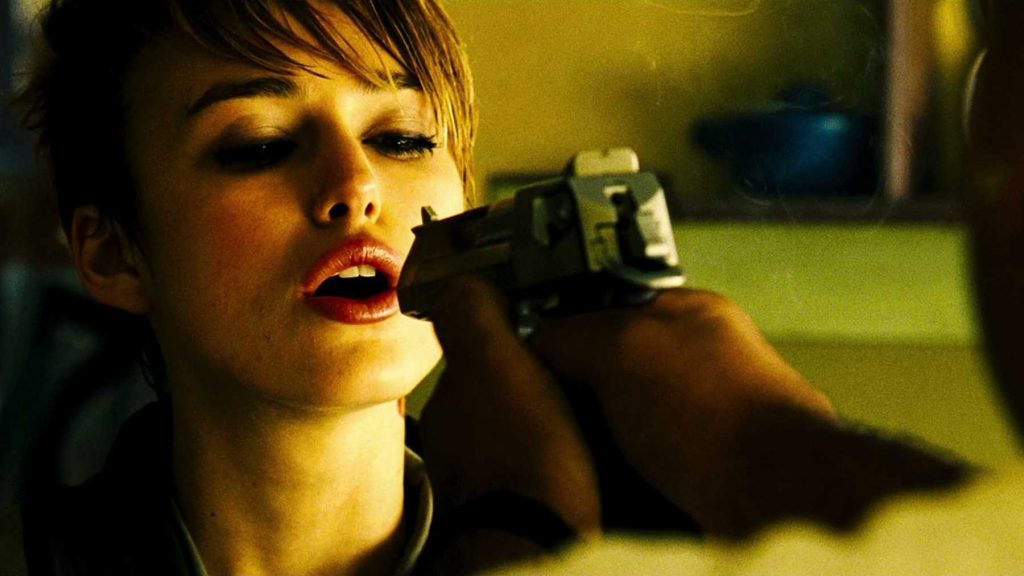
Domino
Domino Harvey was the daughter of actor Laurence Harvey, who starred in The Manchurian Candidate. Domino had a brief career as a model but found it insufferably boring, so she turned to a profession with a little bit more excitement: bounty hunting. Soon she found herself enmeshed in a complicated series of unfortunate events, including a high-profile armored-car robbery, a shootout with the Vegas mob in a casino (climaxing with a fiery helicopter crash and an explosion), and the kidnapping of two cast members of Beverly Hills, 90210.
Wait, you might be saying to yourself, none of that really happened. And you’d be absolutely right: Domino, the 2005 neo-noir with Kiera Knightley in the title role, took some real liberties with the life of the actual Domino Harvey, who died of a drug overdose the same year the movie was released. According to an article in The Guardian published a few days after her death, Domino reportedly saw her celluloid portrayal as a betrayal of sorts.
Yes, the real Domino was a bounty hunter (a good one, according to associates), but as far as anyone knows, she never requested anyone’s arm blown off with a shotgun in a failed attempt to find a combination to a safe; and she definitely didn’t help explode the top floors of a casino on the Vegas strip. That’s all the product of director Tony Scott’s fevered imagination, as rendered with jittery camerawork and sickly green cinematography (in many ways, it’s the peak of Scott’s late career, when he engaged in what you might call fever-dream filmmaking). The movie might have only the most tenuous connection to the reality of Domino’s life, but it’s a scuzzy, dirty bit of noir that’s unforgettable, even if you find it terrible.
(One side note: Has any modern actor played as many noir archetypes as Mickey Rourke? In Domino, he portrays a grizzled bounty hunter with the proverbial heart of gold. Over the decades he’s gone from slick arsonist (Body Heat) to drunken, doomed detective (in Angel Heart) to scummy lawyer (Man on Fire) to unstoppable killer (Sin City). He loves his hardboiled scripts.)
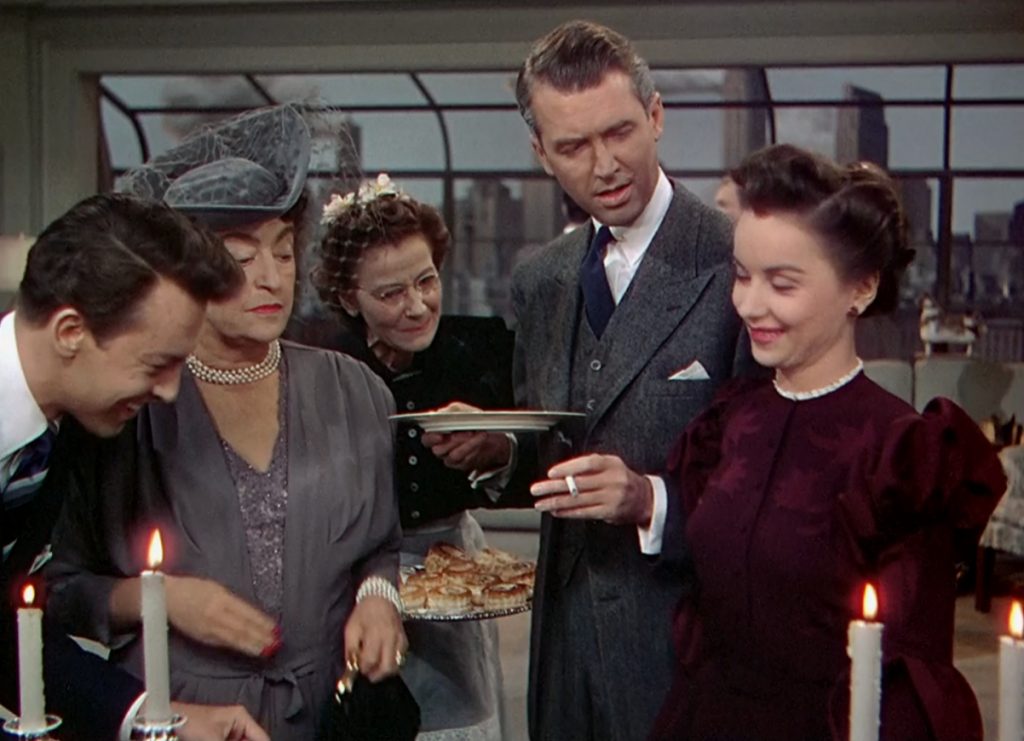
Rope
Alfred Hitchcock’s 1948 film is a simulated single take (with the cuts carefully disguised) and takes place in a single location (a New York City penthouse). Two young men (played by John Dall and Farley Granger) strangle a former classmate, hide the body in the apartment, and then host a dinner party. One of the attendees is the murderers’ former prep-school housemaster (Jimmy Stewart), who gradually pieces together what happened.
Rope is based on a 1929 British play, itself supposedly based on the real-life Leopold and Loeb murder case, in which two University of Chicago students murdered a 14-year-old in order to demonstrate their intellectual superiority and ability to carry out a perfect crime. Like the killers in Rope, Nathan Leopold and Richard Loeb fixated on Nietzsche’s idea of an Übermensch, or superman, and things got a little too out-of-hand.
__________________________________
Books
__________________________________
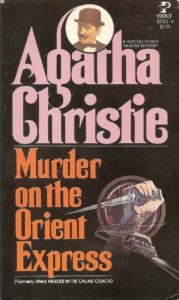
Murder on the Orient Express
Agatha Christie’s famous novel, featuring the obsessive-compulsive, elegantly mustachioed detective Hercule Poirot, was heavily inspired by the kidnapping and murder of Charles Lindbergh’s son (Charles Lindbergh, Jr.), which had taken place two years before the novel’s debut. Once you realize that, you see how Christie pulled many real-life details of the kidnapping into the novel itself. Seen through that lens, the book provides a bit of fictional catharsis—the kidnapper getting what they truly deserved—that real life did not, as questions have always lingered over whether Richard Hauptmann, accused of kidnapping and killing Lindbergh, Jr., actually committed the crime. (And yes, there’s a bit of a parallel here to “Dirty Harry” and Zodiac.)
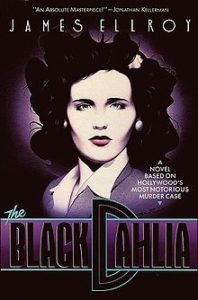
The Black Dahlia
The 1947 murder of Elizabeth Short has never been solved, although the LAPD pursued suspects for years. The case details (Short’s body had been gruesomely mutilated, for example) left an indelible mark on many a psyche, including James Ellroy’s, who used the killing as a springboard for his 1987 novel “The Black Dahlia.” The book teases at many of the thematic threads that Ellroy has pursued throughout his career, including police corruption, sexual deviancy, survivor’s trauma, and addiction. The unknowability of what actually happened to Short gives Ellroy a lot of leeway to explore America’s dark places, making this a novel (later adapted to a movie) that’s much more “history tangent” than historical reality.

















